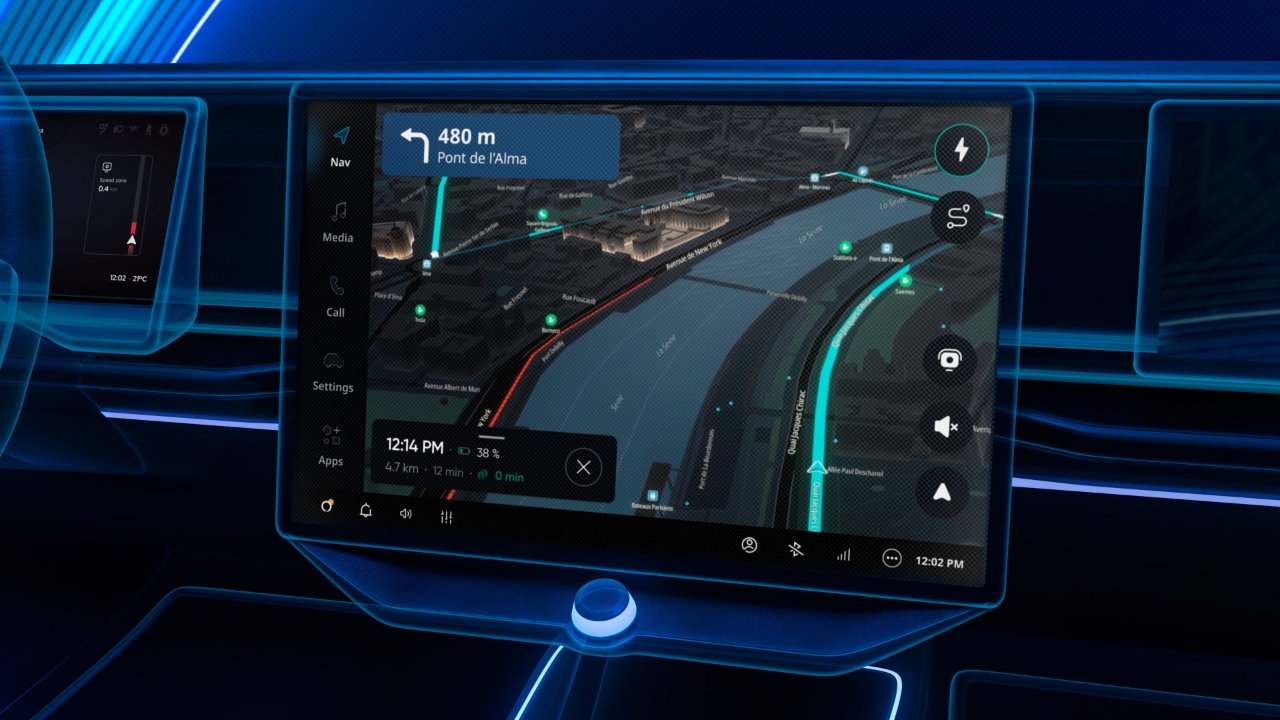地图变“引擎”:TomTom重塑车载智能体验
在全球汽车产业加速迈向智能化和电动化的背景下,地图的角色正被重新定义。长期作为驾驶辅助工具的导航,正在转型为智能出行的中枢。TomTom近日发布的全新汽车导航应用(Automotive Navigation Application,ANA)便体现了这一趋势,其目标是通过实时数据、AI算法与车载交互的深度结合,让地图成为未来出行的“智能引擎”。
ANA建立在高精度地图、开放式开发框架与可定制化用户界面三大核心能力之上,为车企提供从数据到底层架构再到终端体验的完整解决方案。通过分钟级的地图更新与动态缓存机制,驾驶者能够获得更为实时、可靠的道路和充电信息;通过开放式开发工具和快速集成能力,车企可以缩短研发周期并降低成本;通过灵活的界面定制功能,品牌能够在统一的交互逻辑下保持独特的视觉风格。这种兼顾标准化与差异化的架构,使得ANA不仅适应不同市场的法规与需求,也为全球化战略布局提供了支撑。
对于电动车用户而言,ANA带来的变化尤为显著。它能够结合车辆电池状态、剩余续航与实时充电桩数据,生成最优行程规划,从而缓解用户的“里程焦虑”。同时,内置的3D沉浸式渲染技术与实时危险提示、天气信息相结合,使驾驶体验更加安全与直观。随着AI与自然语言交互的不断发展,未来驾驶者甚至可能仅凭一句语音指令便能获得符合个性化需求的出行方案,这将使地图真正成为车辆的“神经系统”。
TomTom ANA的发布,不仅代表导航产品的升级,更意味着地图在未来智能出行格局中的战略地位正在被重新定义。地图正从“看得见的界面”走向“看不见的智能引擎”,成为智舱与智驾持续创新的重要驱动力。
As the automotive industry accelerates toward electrification and intelligence, the role of maps is being redefined. Once a secondary tool, navigation is now becoming the central hub of smart mobility. TomTom’s newly launched Automotive Navigation Application (ANA) exemplifies this shift, combining real-time data, AI, and in-car interaction to position maps as the “intelligent engine” of future driving.
ANA rests on the foundations of high-precision mapping, an open development framework, and customizable user interfaces, offering automakers an end-to-end solution from data and architecture to user experience. With minute-level updates and dynamic caching, drivers benefit from accurate, reliable, and always-available road and charging information. For automakers, the open SDK and rapid integration capabilities shorten development timelines and reduce costs, while customizable UI options enable brands to maintain distinct identities within a standardized interaction logic. This balance of standardization and differentiation allows ANA to adapt seamlessly across diverse regulatory and market environments.
The impact on electric vehicle users is particularly significant. By combining battery status, remaining range, and real-time charging station data, ANA generates optimized travel plans that alleviate range anxiety. At the same time, immersive 3D rendering, real-time hazard alerts, and weather updates make driving safer and more intuitive. As AI and natural language interaction mature, drivers may soon plan journeys with a single conversational prompt, effectively transforming maps into the vehicle’s “nervous system.”The launch of ANA is more than a product milestone—it signifies a redefinition of navigation’s strategic role. Maps are evolving from visible interfaces to invisible intelligent engines, set to become a critical driver of innovation in smart cockpits and autonomous mobility.

